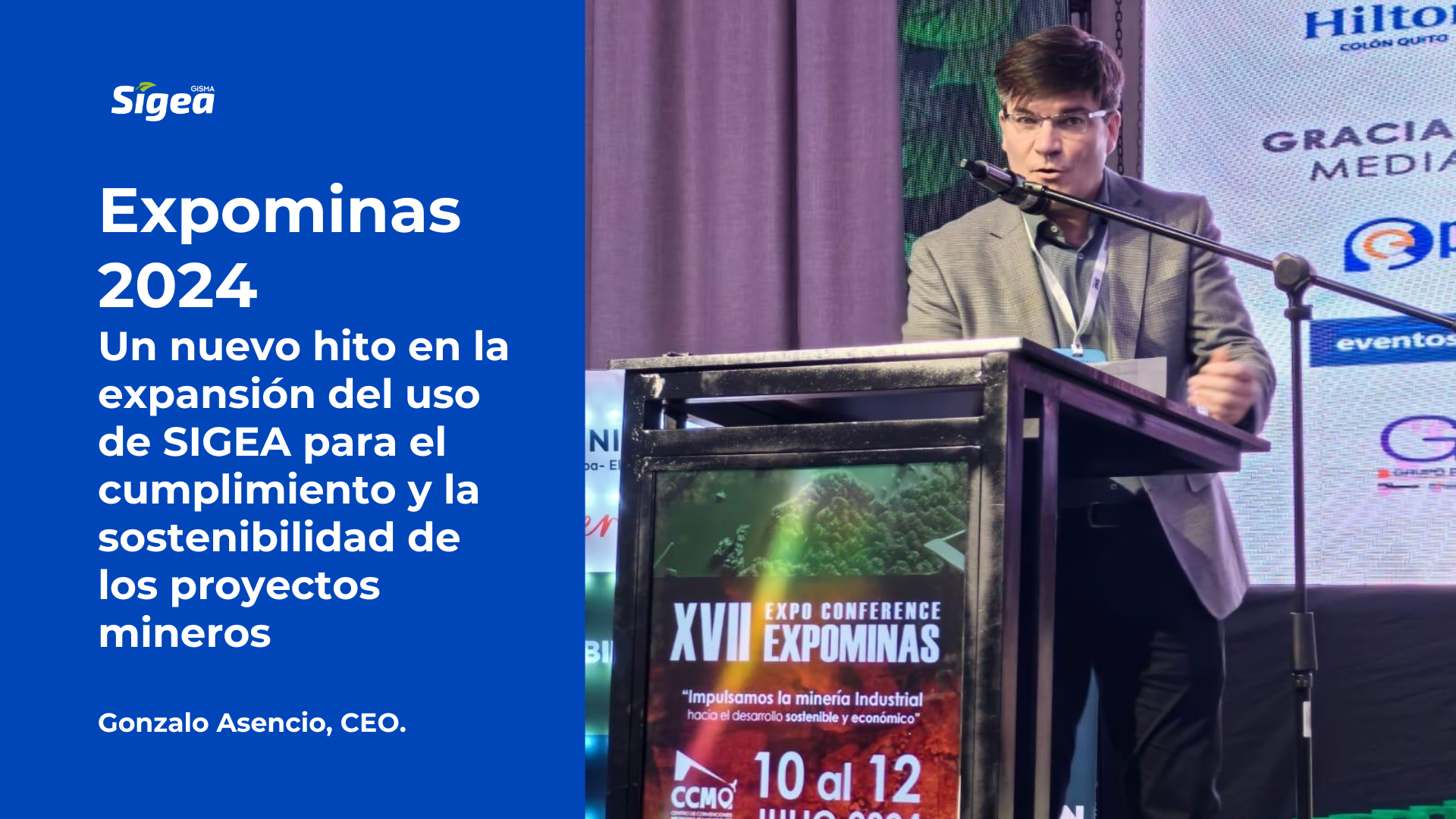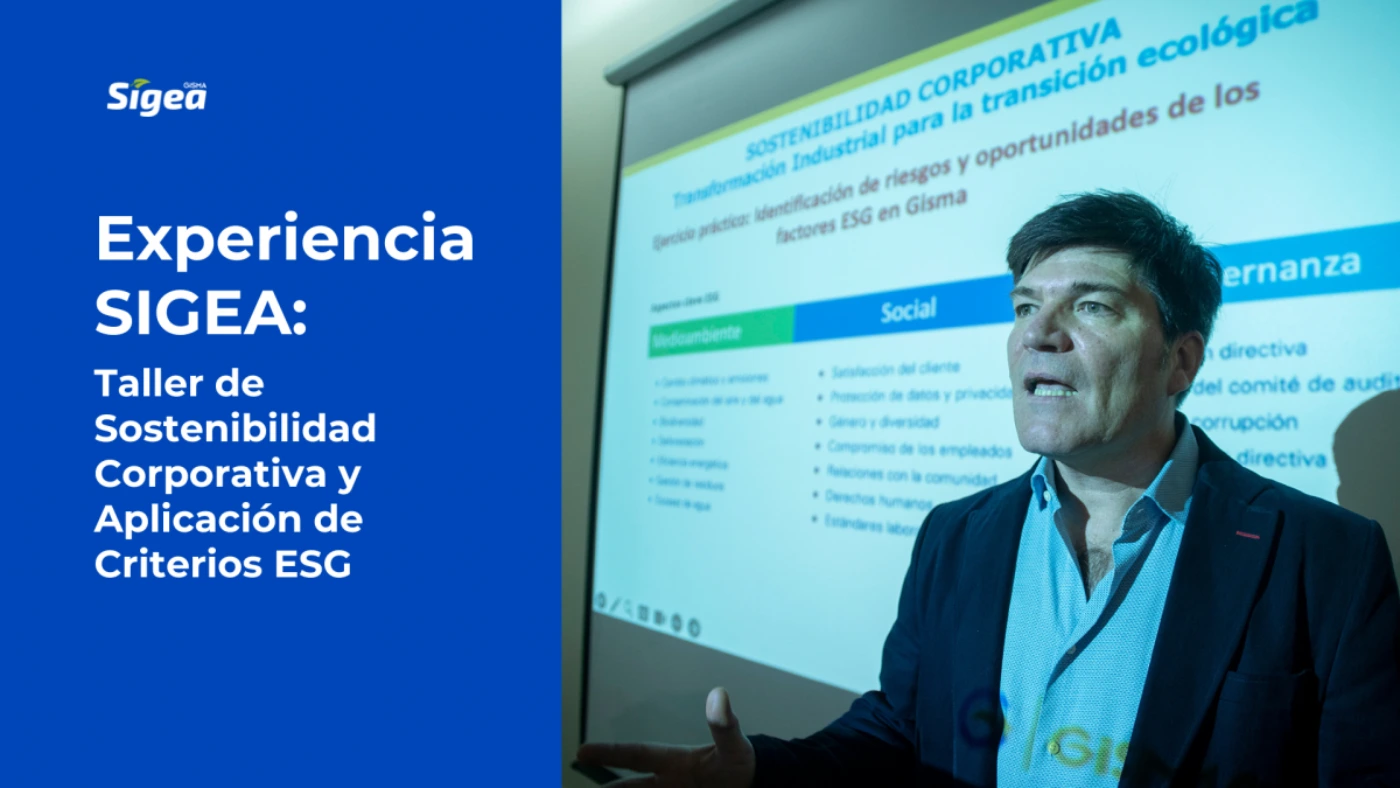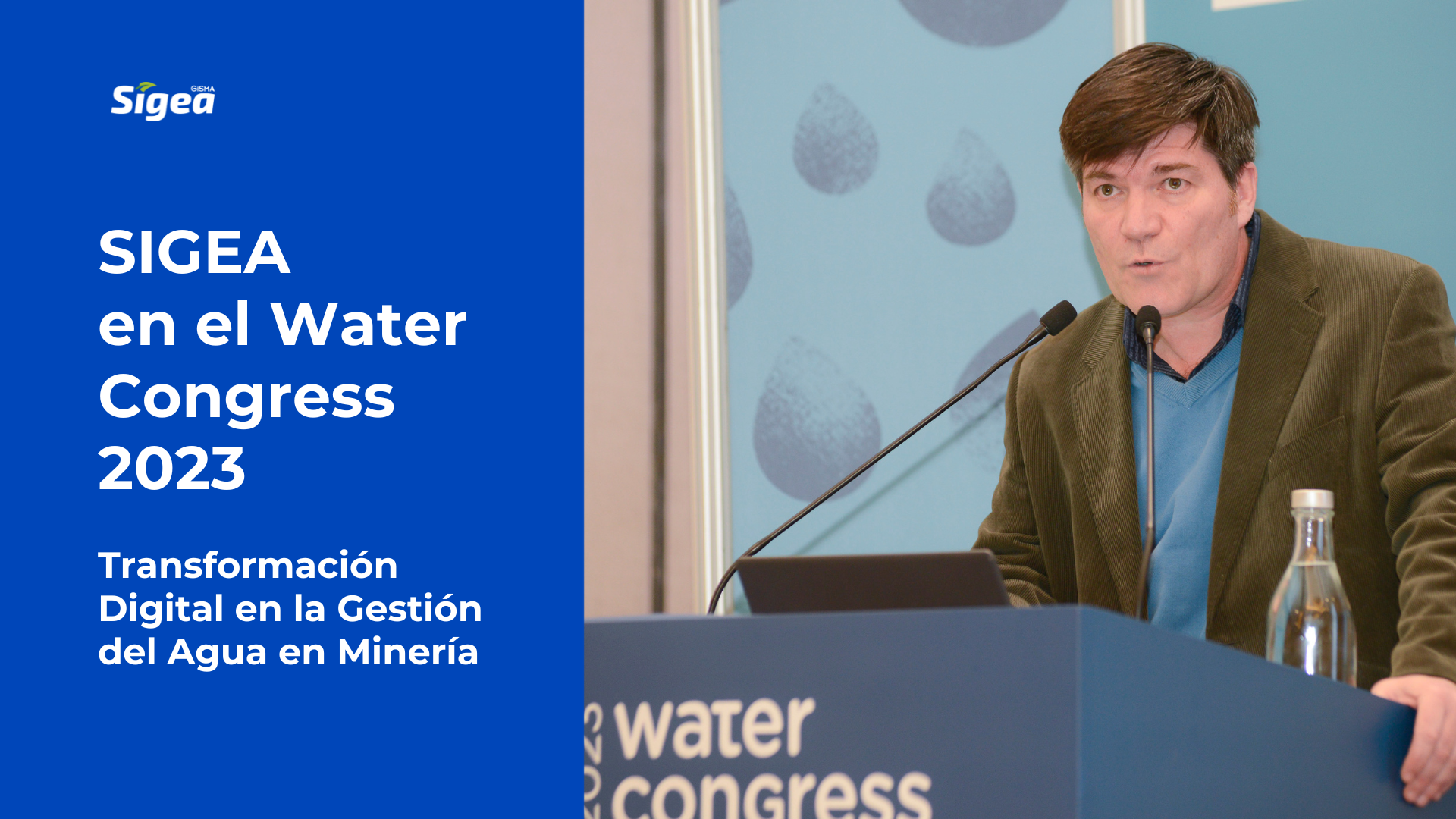One of the first legislations related to environmental care dates back to 1994, when the Basic Law on the Environment was enacted, an adjusted version of the European regulations and which considered some instruments and principles of environmental management. By 1997, a new regulation was enacted, after which public and private organizations were involved in the matter, considering emission standards, prevention and decontamination plans, among others.
Today, we find ourselves in a new regulatory framework based on Law 20,417, which modifies Law 19,300 with the creation of the Ministry, the Environmental Evaluation Service and the Superintendency of the Environment. The regulation not only changes the way of auditing, but at the same time, the audited sector becomes even more aware of its environmental obligations, especially considering the change in the level of fines, which are no longer close to 500 UTM, but are now of the order of up to 10,000 UTM.
At a time when climate change has already shown its effects, especially in our country, environmental management in large-scale projects is becoming an increasingly relevant issue that is receiving more and more attention. In this HSEC Magazine breakfast, various industry players comment on the national reality in terms of environmental management.
“Today, the Environmental Impact Assessment System (SEIA) is ‘the’ environmental instrument in Chile, but there are many others that should have the same relevance. The SEIA should become more of a checklist, although there are still issues that it cannot account for, so it is important that there are other policy instruments that effectively guide the application of regulations,” commented Hans Willumsen, Environmental Manager of GISMA.
For Gonzalo Asencio, General Manager of GISMA, environmental awareness has made the tools for ensuring regulatory compliance in this area much more valuable, so that, as a result, the authority has become much more rigorous in terms of how this legal framework is applied and how it is strengthened.
“This has led to the fact that today we have a very strong inspection institution, equipped with really robust weapons, which has forced companies to review their environmental permits. Today, most, if not all, are exhaustively reviewing what they really committed to, as this compliance is fundamental for their operational continuity and for the business to be sustainable over time”, added the executive.
The executive also mentioned the indirect effect of non-compliance with environmental regulations, which leaves the company more vulnerable to community claims. “While good community management is necessary, companies must make sure they are within the regulatory framework. Otherwise, they expose vulnerabilities in their projects that, at any minute, could mean the suspension of their operations,” he says.
Principles of citizen participation
All large-scale projects are very clear that one of their main problems, and one of the priorities to be addressed, is the relationship with the communities. According to Paula Honorato, Academic Secretary of the Andrés Bello University Law School and specialist in environmental development, there is much talk about the principle of citizen participation, but there is a lack of dissemination to make the project known to the community in general and explain to them that they have the right to participate in the development of the project.
“Many people know that there is a project, but they don’t know that they have a voice and that their opinion also counts. When there is a project, it should normally be published in a newspaper, such as the Official Gazette, so that the community is aware of it, but in day-to-day reality, what person is going to check the Official Gazette to find out if there is a project that could affect them,” says the specialist.
For Gonzalo Asencio, beyond whether or not the communities participate in the discussion related to projects that affect their environment, “the problem is the non-binding nature of eventual agreements that may be reached with the community, as there is no legislation that endorses a shared value agreement or where the communities participate and are benefited. It is important that this is within a regulated framework that will make the projects work and that later the agreements are not diluted”.
Unfortunately, however, many of the groups that do participate in expressing their opinion regarding a project do not always have environmental care as a priority. As Tomislav Marinovic, General Manager and Senior Consultant at Miros Consultores, says, “There is a community in this country that is at the center of the big mining companies. When the first one started with its project, they raised flags, obtained some compensatory benefits and then calmed down. A second mining company came along, they raised flags, got their remediation and calmed down. And so on and so forth. Then, depending on the mining company on duty, they raise flags, which in my opinion is not right, because it loses the ultimate purpose of all regulations, which is to take care of the environment”.
María José Salinero, Inerco’s Legal Advisor, has a hopeful vision for the future, as she reports that companies have arrived, particularly in the Non-Conventional Renewable Energy sectors, which have other remediation systems. “There are companies that accustom communities to a ‘give to get’ system, but some European companies have come along that have systems with no money involved, but a focus on corporate social responsibility management,” he says.
In the opinion of Raimundo Bordagorry, of the Universidad Diego Portales, beyond the dissemination of projects and citizen participation, “it is important to insist on the issue of territorial planning, according to which it is known what to prioritize, where to build and under what conditions. This has not been done in the country for 30 years”.
Jorge González, SGA’s Business Manager, agrees that there is much to be done in terms of citizen participation. “Twenty years ago, anyone would arrive and set up a pulp mill without asking for a permit. Today there is more communication, people participate effectively, but we need to focus on what really matters, since it is common for obtaining an environmental qualification to be a monetary transaction, not on the substance of the matter,” he adds.
Preventive or reactive approach?
Tomislav Marinovic mentions that “the tendency is that many companies are trying to catch up with their commitments, but there is no room to go a little further. What usually happens is that once there is a list of environmental qualification resolutions, there is a person in charge of the issue who asks for resources for the commitments, but the top management denies him the money. Suddenly, an inspection appears and only then do they react. So everything is reactive,” he says.
Recalling the legal regulations in force, Willumsen points out that the Environmental Impact Resolution was considered a very important asset and that, in order to obtain it, the companies accepted a series of requirements, even if they were difficult to comply with. “Today, the company is not only interested in obtaining the resolution, but is also concerned about the conditions established to be able to comply with them, as this will generate costs. Today it has to realize that the resolution has been issued and that it must comply with the requirements and commitments periodically, because the Superintendency will come and fine it with the maximum penalties”, he adds.
Regarding the scale of the companies that are acting on environmental issues, Bordagorry believes that in the large companies there is an interest to comply or there is an environmental department. “On the other hand, the medium-sized industry and industrial SMEs, which have a very low level of oversight, basically operate outside the legal margins. These are situations that are unknown, because the main focus is on the large mining, cellulose, fishing and salmon companies,” he explains.
“I take this scenario as an opportunity,” said Alejandro Ruiz, Brisa’s Commercial Coordinator, who adds that his corporate experience is “to go to the companies, identify what they are missing and support them. There is a gigantic opportunity to support entrepreneurs and tell them ‘this is the guideline, we support you until you can do it on your own, but with the complete management'”.
Fortunately, according to Jorge González, “the level of awareness has risen to the level that today many companies, even those that do not have the specter of the Superintendency of the Environment hanging over them, call us to verify what their status is and how they can make improvements. Perhaps their concern is not the environment itself, but rather the continuity of their business, but worrying about their business implies that they must consider environmental events and resolve them”.
See note in the magazine: http://www.emb.cl/hsec/articulo.mvc?xid=1186&edi=51&xit=gestion-ambiental-el-desafio-de-preservar-nuestro-propio-futuro





